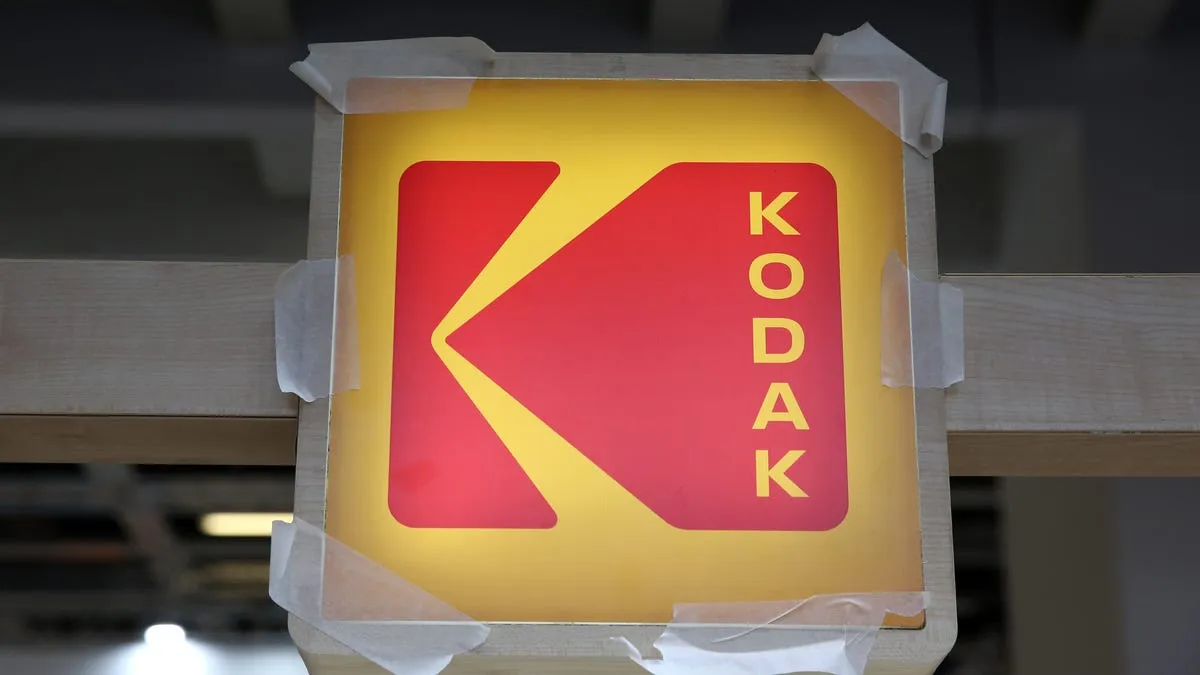
The iconic American company, Eastman Kodak Co., known for revolutionizing amateur photography, is now facing a dire financial situation that could lead to its closure after more than 130 years of operation. Based in Rochester, New York, Kodak released a concerning report on August 11, revealing substantial losses for the second quarter, which resulted in a significant drop in its stock prices during early trading on August 12.
Kodak's latest government filings indicate a serious threat to its viability, citing over $470 million in debt. The company has acknowledged that it has substantial doubt about its ability to continue as a going concern. Kodak's financial woes are exacerbated by an impending debt repayment due within the next twelve months, coupled with a lack of committed financing or available liquidity to cover these obligations, as detailed in its filings with the Securities and Exchange Commission.
Founded in 1889 by George Eastman, Kodak quickly became one of the most recognized brands in America, particularly after the launch of the Kodak 1 camera in 1888. This innovation made photography accessible to the general public, marking a significant shift in how people documented their lives. Despite its prominence in the film photography industry, Kodak struggled to adapt to the digital age, filing for bankruptcy in 2012. In recent years, the company has shifted its focus towards specialty chemicals and pharmaceuticals.
Kodak's latest earnings report reveals that the company generated $263 million in consolidated revenues by the end of the second quarter on June 30, a decrease of $4 million compared to the previous year. Additionally, Kodak reported a 12% decline in gross profit year-over-year, with its cash reserves dwindling to $155 million, representing a loss of nearly 23% since December.
In light of these financial challenges, Kodak's Executive Chairman and CEO, Jim Continenza, emphasized that tariffs have not significantly impacted the company's operations. He pointed out that Kodak continues to produce many of its products domestically, including printing plates, film, inkjet presses, and pharmaceutical ingredients.
Kodak's Chief Financial Officer, David Bullwinkle, announced plans to concentrate on the advanced chemicals and materials sector moving forward. The company is also implementing cuts to its retirement program to help alleviate its debt burden. Bullwinkle indicated that by August 15, Kodak expects to have a clearer picture of how it will manage its debt obligations. He stated, “For the second half of the year, we will continue to focus on reducing costs today and converting our investments into long-term growth.”
Kodak's legacy includes several groundbreaking innovations that shaped the photography landscape. The introduction of the Kodak Brownie camera in 1900 democratized photography for everyday Americans. The company continued to innovate with the launch of color film in the 1920s and 1930s and was responsible for creating the world’s first digital camera in 1975, showcasing its historical significance in the evolution of photography.
As Kodak navigates these financial difficulties, the future remains uncertain for this once-great giant of photography.